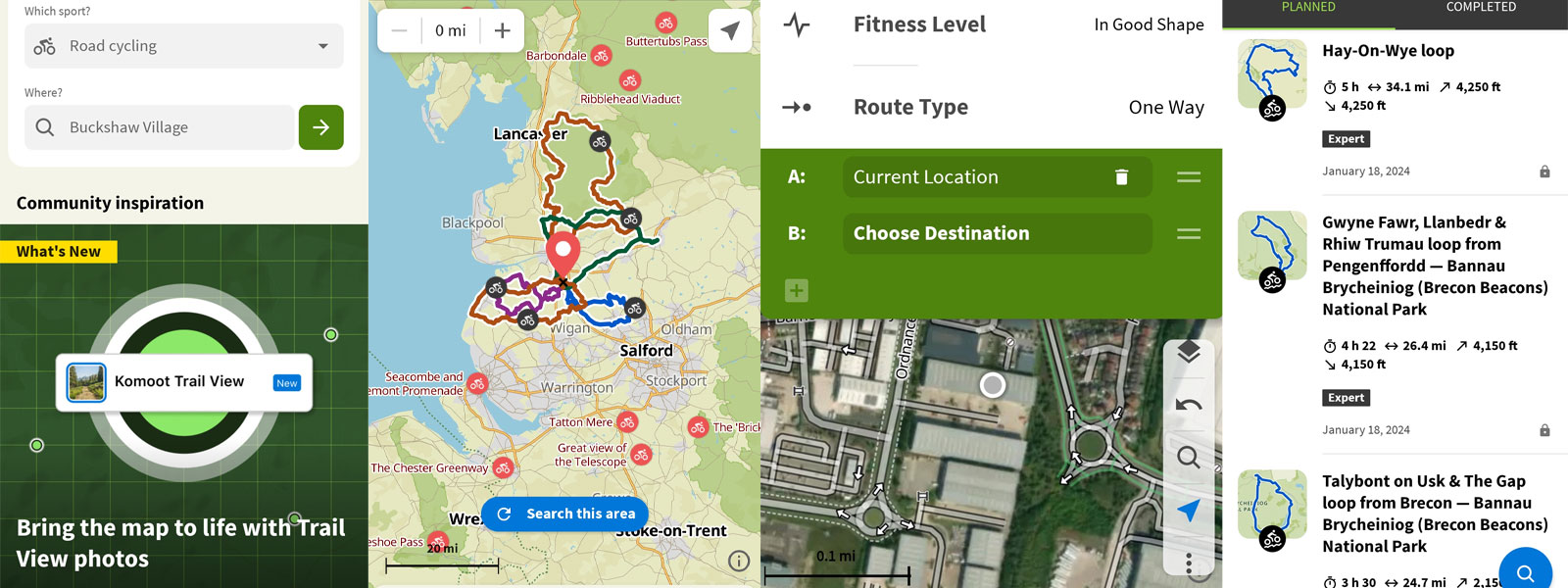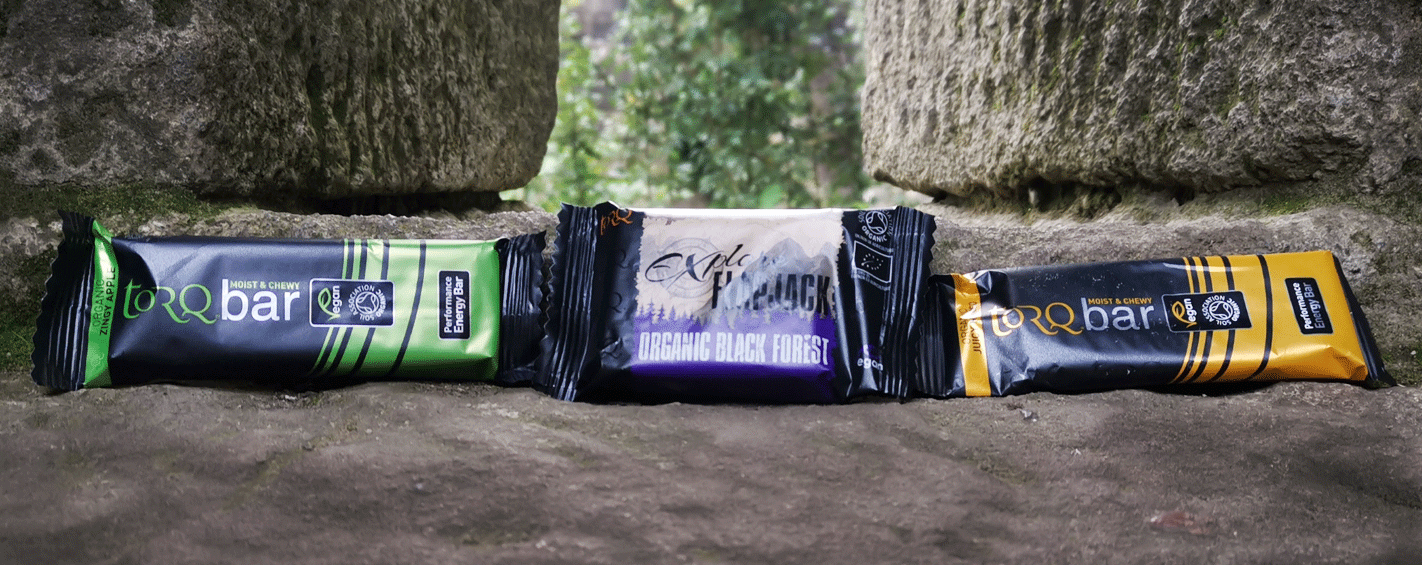Whether you’re a seasoned rider or just starting out, finding new routes can refresh your cycling routine and bring new challenges. In this blog, we’ll explore some effective ways to plan new cycling routes that are both enjoyable and safe.
Here are 10 top tips to consider!
1. Define Your Ride Objectives

Before you start mapping out a new route, it’s important to consider what you want from your ride.
Are you looking for a leisurely scenic route, a challenging hill climb, or a long endurance ride? Your objectives will guide the type of route you should look for.
2. Utilize Digital Mapping Tools

There are numerous digital tools and apps available for cyclists to plan routes.
Some popular ones include Strava, Komoot, and MapMyRide. These tools allow you to see popular routes in your area, get estimates of distance and elevation, and even see the type of terrain you’ll be riding on.
3. Research Local Cycling Routes
Many areas have designated cycling routes that are preferred by local cyclists for their safety and scenery. Research online cycling forums, local cycling clubs, and community websites to find recommendations.
These sources often provide insights into traffic patterns, road conditions, and scenic points. Shaun in our goods in department used to do a recce of the routes for the chain gang in his car until the invention of the Garmin GPS Navigation came around!

4. Consider Safety and Traffic
Safety should always be a top priority when planning a route.

Look for roads with less traffic and good visibility and avoid road routes with poor road surfaces by reading other’s ride reports.
Always plan to ride in well-lit areas if you’re cycling early in the morning or late in the evening and take some decent lights if you’re on the trails.
5. Plan for Stops and Supplies
Longer routes will require stops for rest and replenishment. Plan your route through areas where you can access water, food, and toilets. If such facilities are scarce, carry sufficient water and snacks with you!

It’s always good to know the locations of bike shops or repair stations along your route. And do not forget your repair essentials, you don’t want to be caught out miles away without a tube, multi-tool, pump or CO2 cannister!

Also make sure you allow enough time for your ride, using GPS apps and inputting your average speed will give you a good estimation of the duration of the ride so you know what time roughly you will be home (allow spare time for punctures).
6. Test Short Segments First
If you’re unsure about a new route, try riding short segments of it first.
This can give you a feel for the traffic, road conditions, and overall environment without committing to a long ride. For example, you may want to try different sections of a famous route. You can also plan an off road diversion if you are using a gravel bike to avoid busy main roads.

7. Share Your Route with Someone
Always let someone know your planned route and expected return time, especially if you’re exploring a new area. This is a basic safety precaution that can be invaluable in case of an emergency. Going out with a friend can also help with navigating new trails.

8. Be Flexible and Ready to Explore
Part of the fun in finding new routes is the sense of adventure. Don’t be afraid to explore a side road or trail that looks interesting or change your planned route on the fly (provided you can retrace your steps). Taking a GPS device is always a good back up if you happen to be unsure of your way home. A smartphone does the job too!
Some of the best cycling experiences come from spontaneous decisions.

9. Record and Review Your Ride
You don’t have to use Strava or Garmin for every ride, but it certainly is a useful tool for tracking your distance, elevation, power, average speed, calories and so much more…
You can use it to remember new routes you have tried with friends and inform yourself of pacing strategies for future events or rides.

After completing your ride, take some time to review and record your experience.
Note what you liked and didn’t like about the route. This information can be valuable for planning future rides and can also be shared with other cyclists.
10. Join Community Rides

Participating in community rides or events can introduce you to new routes that you might not have considered.
These rides are also a great way to meet other cyclists and exchange ideas and experiences.
By following these tips, you’ll be well on your way to discovering exciting new routes near and afar…
